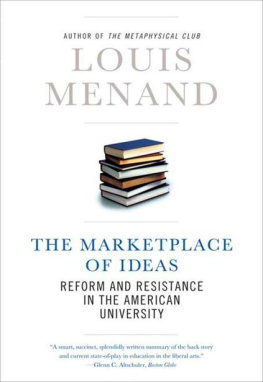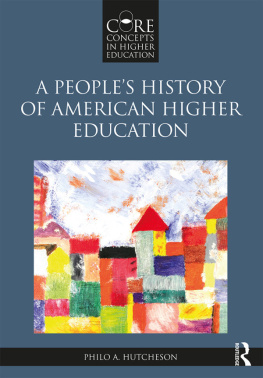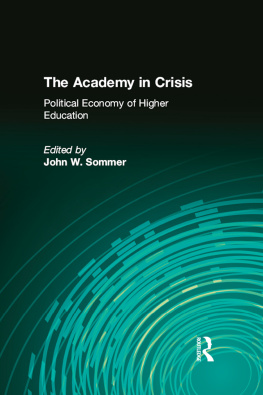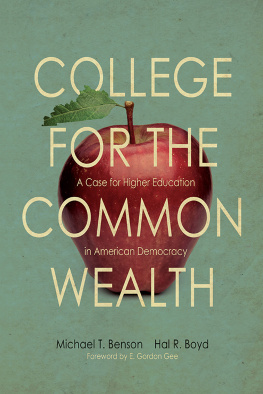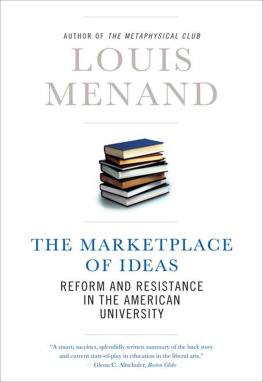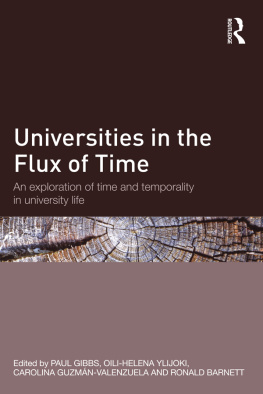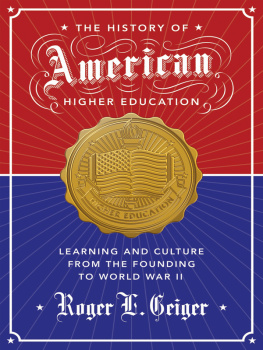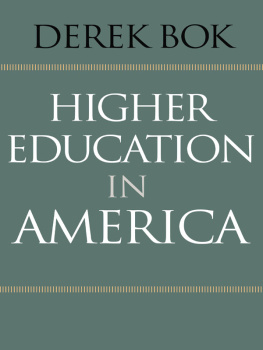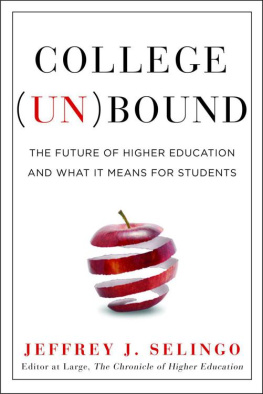INTRODUCTION
KNOWLEDGE is our most important business. The success of almost all our other business depends on it, but its value is not only economic. The pursuit, production, dissemination, application, and preservation of knowledge are the central activities of a civilization. Knowledge is social memory, a connection to the past; and it is social hope, an investment in the future. The ability to create knowledge and put it to use is the adaptive characteristic of humans. It is how we reproduce ourselves as social beings and how we changehow we keep our feet on the ground and our heads in the clouds.
Knowledge is a form of capital that is always unevenly distributed, and people who have more knowledge, or greater access to knowledge, enjoy advantages over people who have less. This means that knowledge stands in an intimate relation to power. We speak of knowledge for its own sake, but there is nothing we learn that does not put us into a different relation with the worldusually, we hope, a better relation. As a society, Americans are committed to the principle that the production of knowledge should be uninhibited and access to it should be universal. This is a democratic ideal. We think that where knowledge is concerned, more is always better. We dont believe that there are things that we would rather not know, or things that only some of us should knowjust as we dont believe that there are points of view that should not be expressed, or citizens who are too wrongheaded to vote. We believe that the more information and ideas we produce, and the more people we make them available to, the better our chances of making good decisions.
Americans therefore make a large social investment in institutions whose purpose is simply the production and dissemination of knowledgethat is, research and teaching. We grant these institutions all kinds of exemptions and protections, and we become worried, sometimes angry, when we suspect that they are not working the way we want them to. Some of our expectations about colleges and universities are unrealistic (and so are some of our expectations about democracy). Teaching is a messy process, an area in which success can be hard to measure or even to define. Research is dicey, too. The price for every good idea or scientific claim is a lot of not-so-good ones. There are more than 4,000 institutions of higher learning in the United States, more than 18 million students, and more than 1 million faculty members. We cant reasonably expect that all of those students will be well educated, or that every piece of scholarship or research will be worthwhile. But we want to believe that the system, as large, as multitasking, and as heterogeneous as it is, is working for us and not against us, that it is enabling us to do the kind of research and teaching that we want to dothat it is not, in itself, an enemy of reform.
There is always a tension between the state of knowledge and the system in which learning and teaching actually take place. The state of knowledge changes much more readily than the system. Institutions are recalcitrant, and the professional conservatism of professors is an ancient source of ridicule. In 1908, the Cambridge classicist F. M. Cornford, in his satirical guide for young academics, Microcosmographia Academica , advised that the basic rule of faculty governance is, Nothing should ever be done for the first time.
To people outside the faculty club, the resistance of professors to institutional reform can appear silly or petty. It can appear worse than that to academic administrators, and university presidents have famously broken their heads trying to get faculty to drink the water to which they have been led. Some of the reasons for this resistance are discussed later in the book; they have to do with the belief, central to the academics professional self-conception, that the university does not operate like a marketplace. But there is also a practical reason for resistance to reform, which is that any change potentially has a cost. If you require every student to take a certain course, then there is one less elective they will take. If you add a new field of study, then you have to take money from something else to pay for it. When the financial universe was expanding, universities could often add on new things without taking away from old ones, but the universe, as higher education (and everyone else) learned in 2008, can also shrink.

